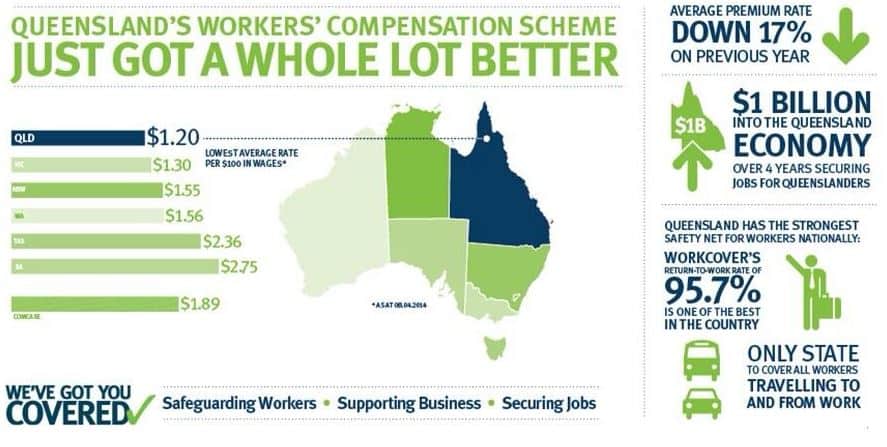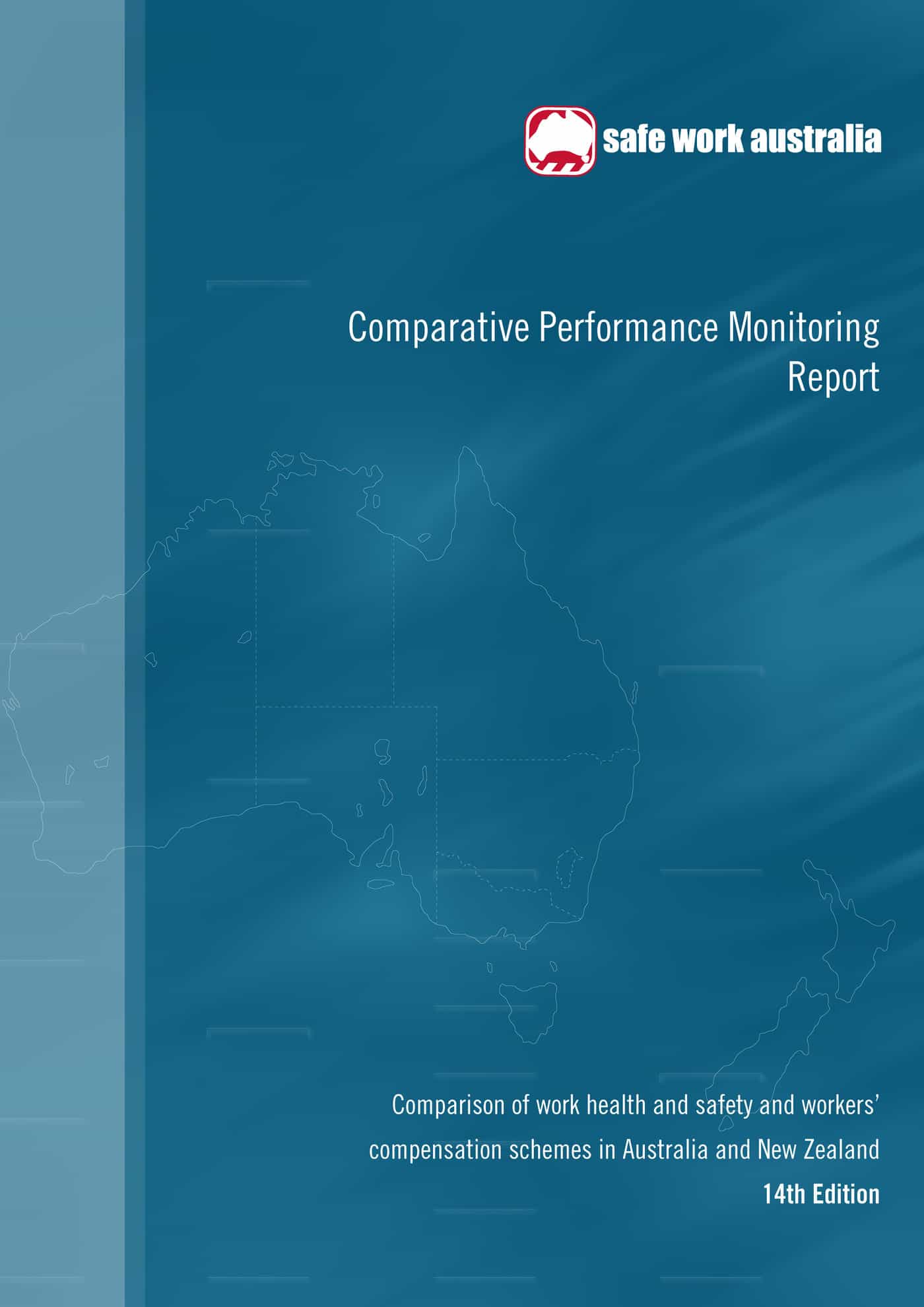 It is always good to see researchers assessing issues related to workplace health and safety rather than relying on overseas data. Recently researchers from the Australian Catholic University and St Vincent’s Hospital in Melbourne looked into “measuring the effectiveness of workplace health management programs” . The research adds to our understanding of these programs but the relevance to occupational health and safety (OHS) is limited.
It is always good to see researchers assessing issues related to workplace health and safety rather than relying on overseas data. Recently researchers from the Australian Catholic University and St Vincent’s Hospital in Melbourne looked into “measuring the effectiveness of workplace health management programs” . The research adds to our understanding of these programs but the relevance to occupational health and safety (OHS) is limited.
The researchers,


